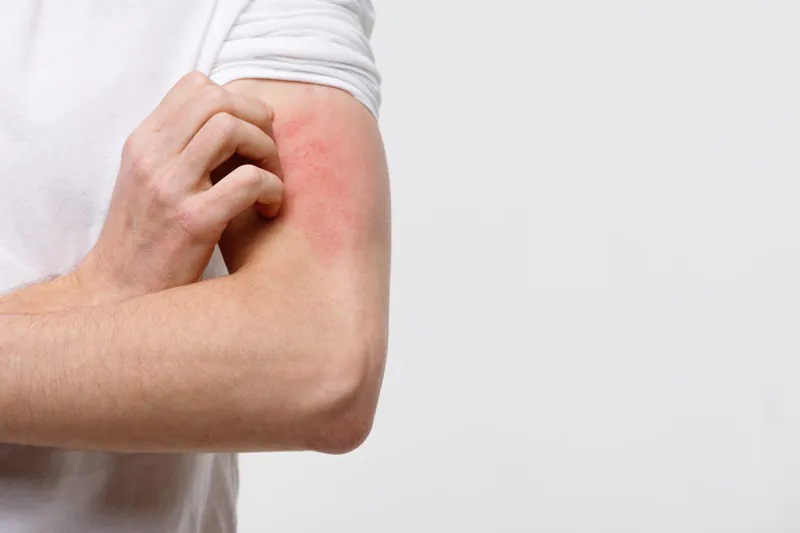

Sonja Ständer, Germany
Wednesday, 11 Oct 2023 17:00 – 17:20 CEST
In recent years, the pathophysiology of pruritus has been discovered in some conditions, including chronic prurigo and atopic dermatitis. Of particular interest is the type 2 immune response, characterized by T-helper 2 cells and associated cytokines. This immune response seems to play a crucial role in the pathogenesis of these conditions, contributing to the persistence of pruritus over time.
The cytokines IL-4 and IL-13 are major mediators and itch drivers in these diseases. They share a receptor subunit, the neuronal IL-4 receptor-α (IL-4Rα) and IL-31.
Janus kinases (JAKs) play a pivotal role in the signaling pathways of these interleukins, directly impacting pruritus. Thus, inhibiting JAKs has emerged as a promising avenue for addressing chronic pruritus (CP).
The non-receptor cytoplasmic JAKs are composed of four family members in humans: JAK1, JAK2, JAK3 and tyrosine kinase 2 (TYK2), which link the signal from membrane receptors to STAT transcription factors. The JAK/STAT cascade mediates direct communication between transmembrane receptors and the nucleus, thereby modulating gene expression and interleukin release. Since the development of JAK inhibitors, they have shown efficacy in the treatment of dermatological conditions, such as atopic dermatitis, psoriasis, vitiligo, and chronic pruritus. Trials in atopic dermatitis have also evaluated the onset and efficacy of itch-intensity relief. JAK inhibitors, such as abrocitinib, baricitinib, and upadacitinib, not only showed quick relief of itch within the first weeks of treatment, but they also demonstrated that an itch-free state can be achieved.
The role of JAK inhibitors in alleviating pruritus will be comprehensively explored and discussed.


